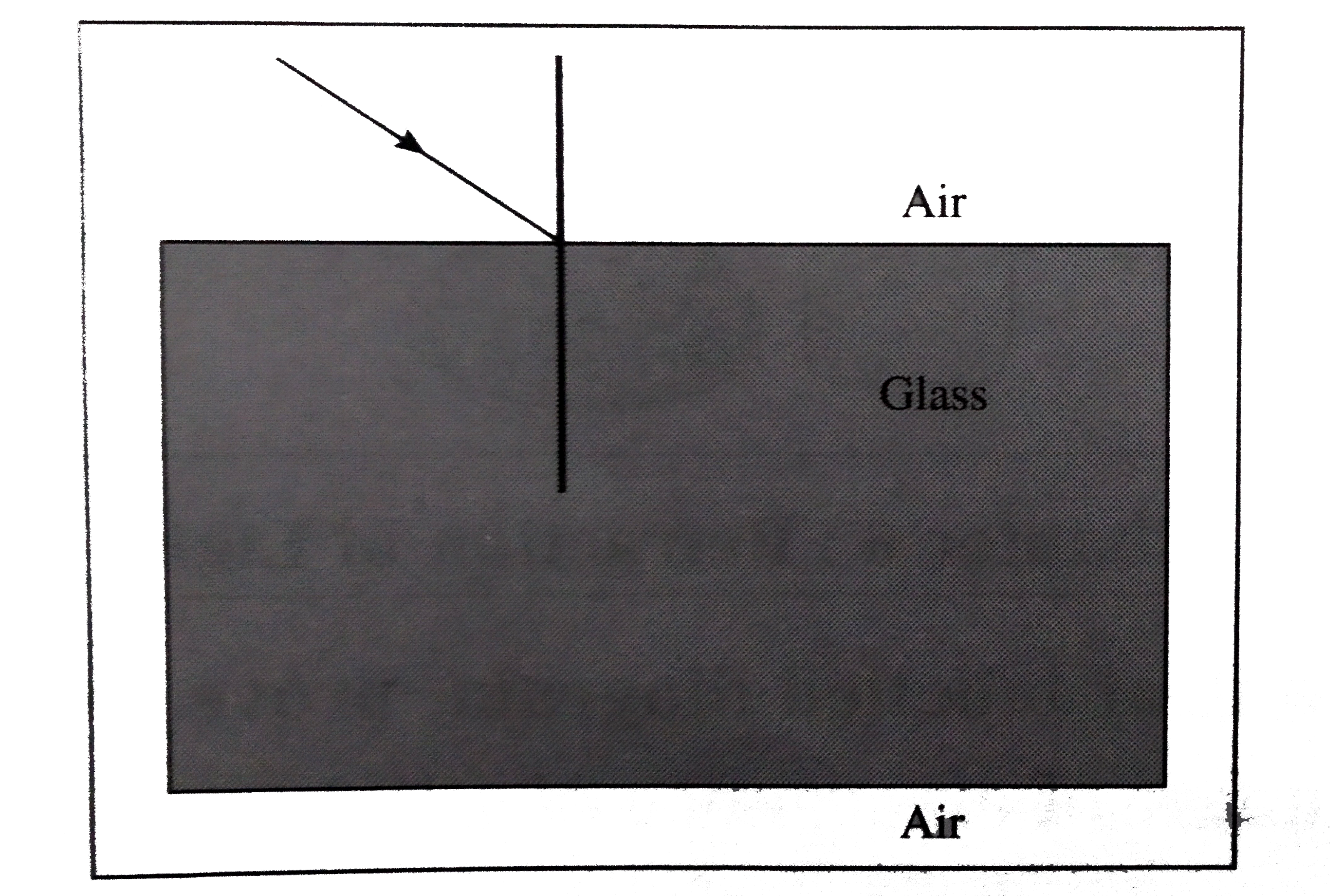The first law of refraction states that the incident and refracted rays are in the same ____as the normal.
To solve the question regarding the first law of refraction, we can follow these steps:
1. Understanding Refraction: Refraction is the bending of light as it passes from one medium to another. This bending occurs due to a change in the speed of light in different media.
2. Identifying the Rays: In the context of refraction, we have:
- An incident ray: The ray of light that strikes the boundary between two media.
- A refracted ray: The ray of light that has bent and travels in the second medium after passing through the boundary.
- A normal line: An imaginary line that is perpendicular to the boundary surface at the point of incidence.
3. Drawing the Diagram: To visualize this, you can draw a straight horizontal line representing the boundary between two media. Above the line, label it as medium 1, and below it as medium 2. Draw the normal line perpendicular to this boundary.
4. Positioning the Rays:
- Draw the incident ray approaching the boundary from medium 1.
- Draw the refracted ray bending away from the normal line into medium 2.
5. Understanding the Law: According to the first law of refraction, the incident ray, the refracted ray, and the normal line all lie in the same plane. This means they are not in different dimensions but rather in a two-dimensional space.
6. Conclusion: Therefore, the answer to the question is that the incident and refracted rays are in the same plane as the normal.
Final Answer:
The first law of refraction states that the incident and refracted rays are in the same plane as the normal.
---
- An incident ray: The ray of light that strikes the boundary between two media.
- A refracted ray: The ray of light that has bent and travels in the second medium after passing through the boundary.
- A normal line: An imaginary line that is perpendicular to the boundary surface at the point of incidence.
- Draw the incident ray approaching the boundary from medium 1.
- Draw the refracted ray bending away from the normal line into medium 2.
The first law of refraction states that the incident and refracted rays are in the same plane as the normal.
Similar Questions
Knowledge Check
Incident ray,normal at the point of incidence and refracted ray are always
Amutually perpendicularBinclined at acute anglesCparallelDcoplanarThe angle between the normal and refracted ray is called
Aangle of deviationBangle of incidenceCangle of refractionDnone of theseIf the incident ray falls normally on the refracting surface then
ARefraction do not take placeBRefraction take place with little bendingCRefraction takes place without bendingDReflection takes place
The greater is the value of refractive index, the lesser is the bending of refracted ray towards the normal.
View SolutionChoose the correct statement regarding the incident ray, refracted ray and normal drawn at the point of incidence.
View SolutionComplete the following ray diagram to show refraction of light through a glass slab and label the incident ray, refracted ray and emergent ray.

View SolutionA ray of light is incident on a transparent glass slab of refractive index √3. If the reflected and refracted rays are mutually perpendicular, what is the angle of incidence?

View SolutionA ray of light incident on a slab of transparent material is partly reflected from the surface and partly refracted into the slab. The reflected and refracted rays are mutually perpendicular. The incident ray makes an angle i with the normal to the slab. the refreactive index of the slab is
View Solution
